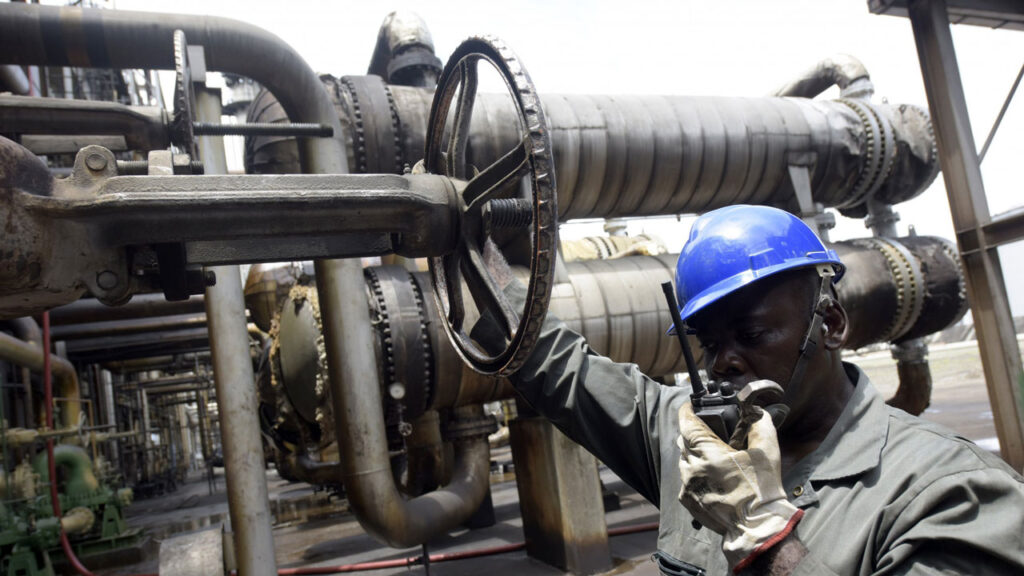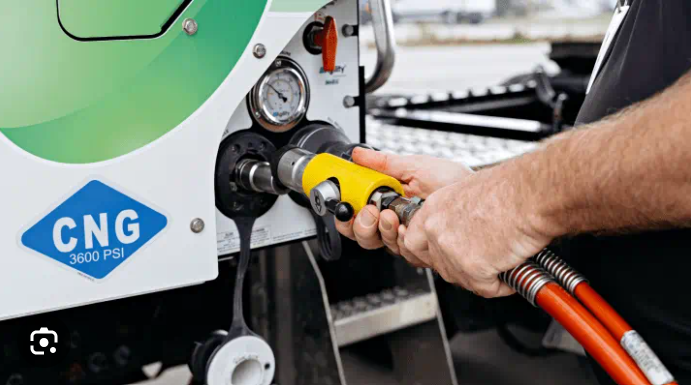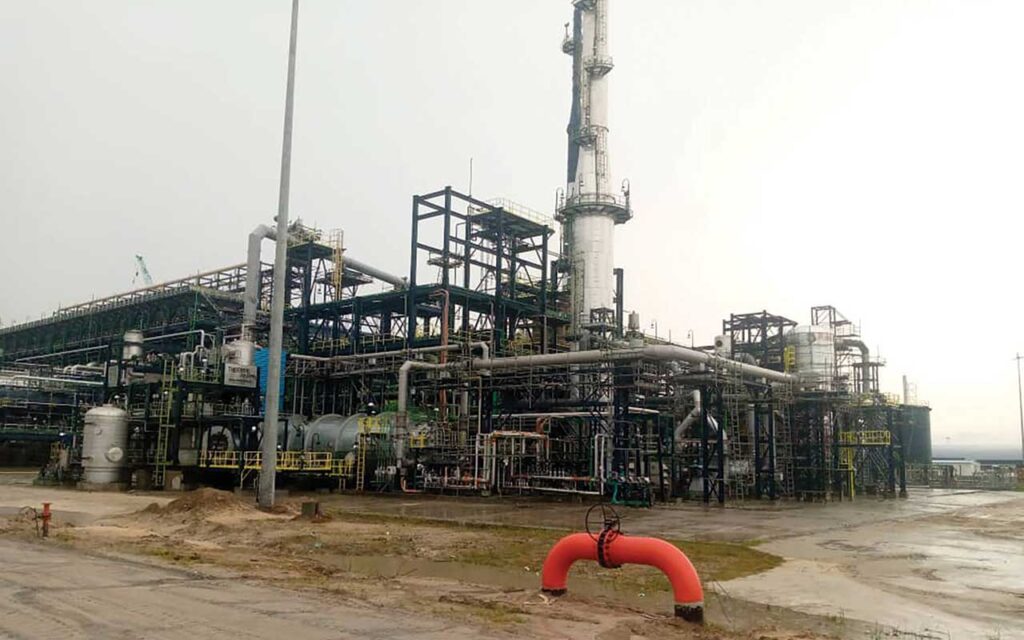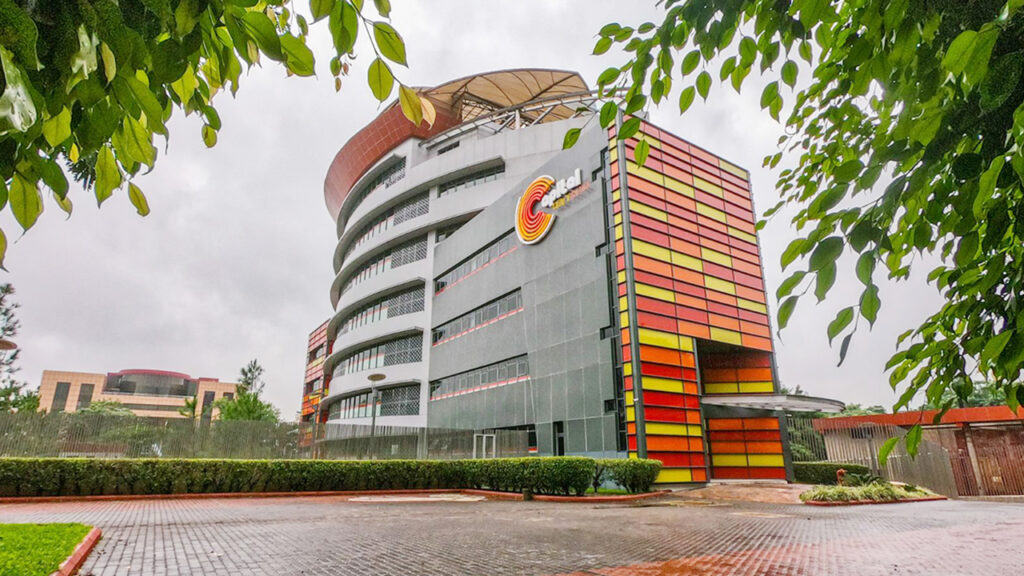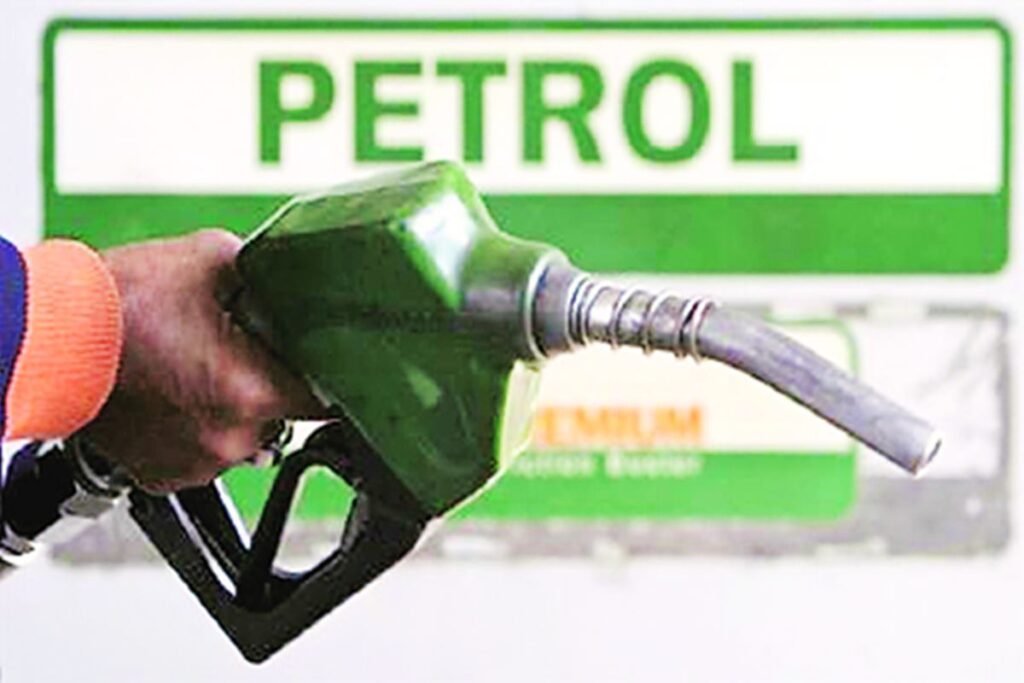 AS low petroleum prices clamps further on the operations of oil firm, companies are now looking to new techniques that would enable them to wring more crude from both new and old wells.
AS low petroleum prices clamps further on the operations of oil firm, companies are now looking to new techniques that would enable them to wring more crude from both new and old wells.
However, some new technologies have emerged at add value to oil and gas production processes.
Among these are the concepts of the Digital Twin, which offers an abstraction of a real asset that can be stress tested under a variety of real or imagined conditions.
Chief Executive Officer of Houston-based Business Laboratories, George Danner, who has spent more than 20 years working with oil and gas companies to model and simulate oilfields, said a Digital Twin is typically based on an asset or collection of assets working together.
A Digital Twin contains information such as a piece of equipment or asset, including its physical description, instrumentation, data and history. A Digital Twin can be created for assets ranging from a well to a piece of equipment to an entire oilfield, said Bell. For example, a subsea system could have a Digital Twin via a simulation model of a subsea system’s components, including the blowout preventer, tiebacks, risers, manifolds, umbilicals and moorings. One could pool some Digital Twins as components in a supply chain model, but the act of modeling a supply chain is a different idea altogether, said Danner.
Also, another firm, GeoEMS Energy Monitoring Systems, has provided operators with seismic monitoring technology that can monitor hydraulic fracturing and waste water injection.
The technology has been adapted for oil and gas monitoring from technology initially developed for the U.ment of Energy and the U.S. Air Force to monitor nuclear explosions.
GeoEMS provides seismic field monitoring for oil and gas fields, carbon dioxide sequestration, geothermal fields, volcano monitoring, and for seismicity monitoring and slope stability for underground and open pit mines.

